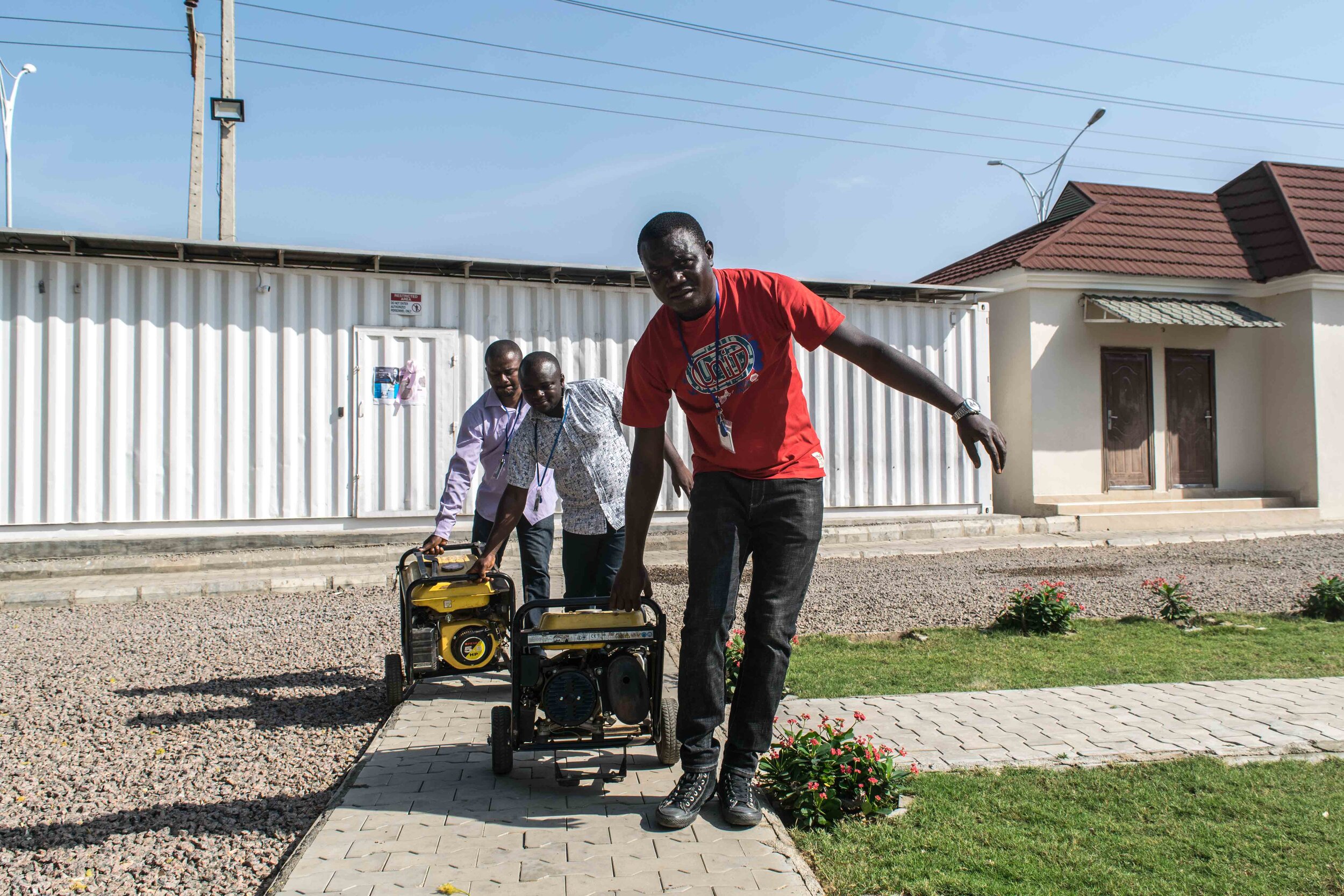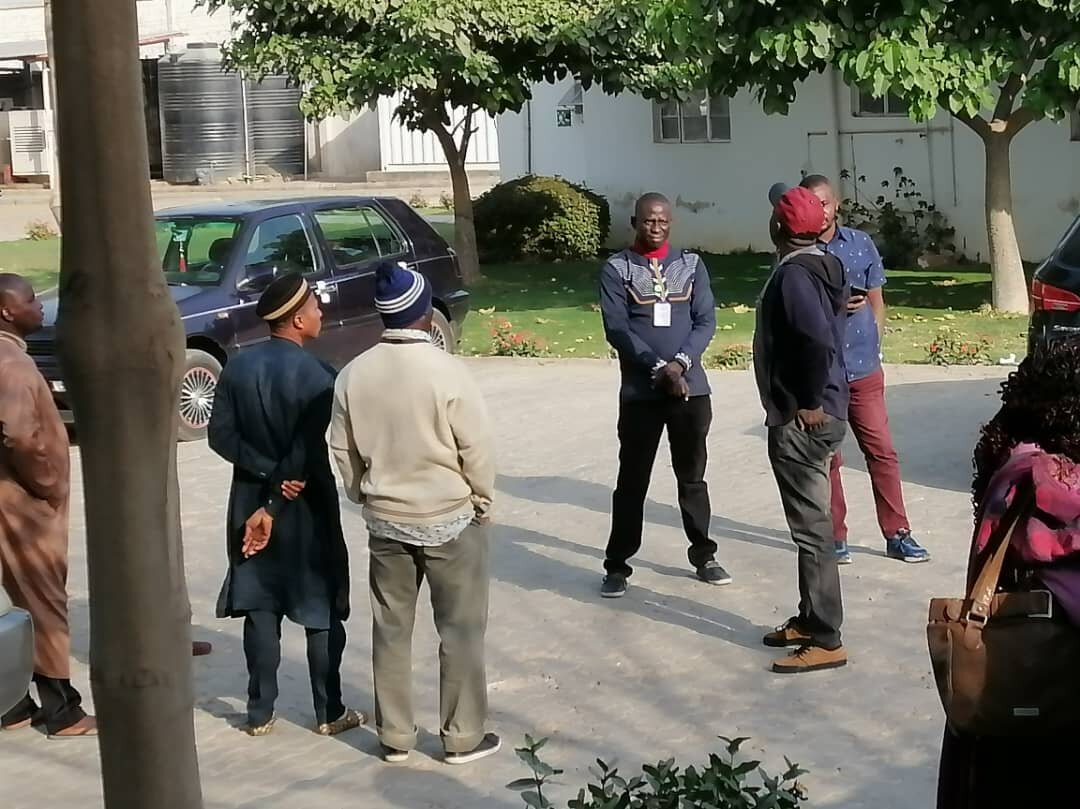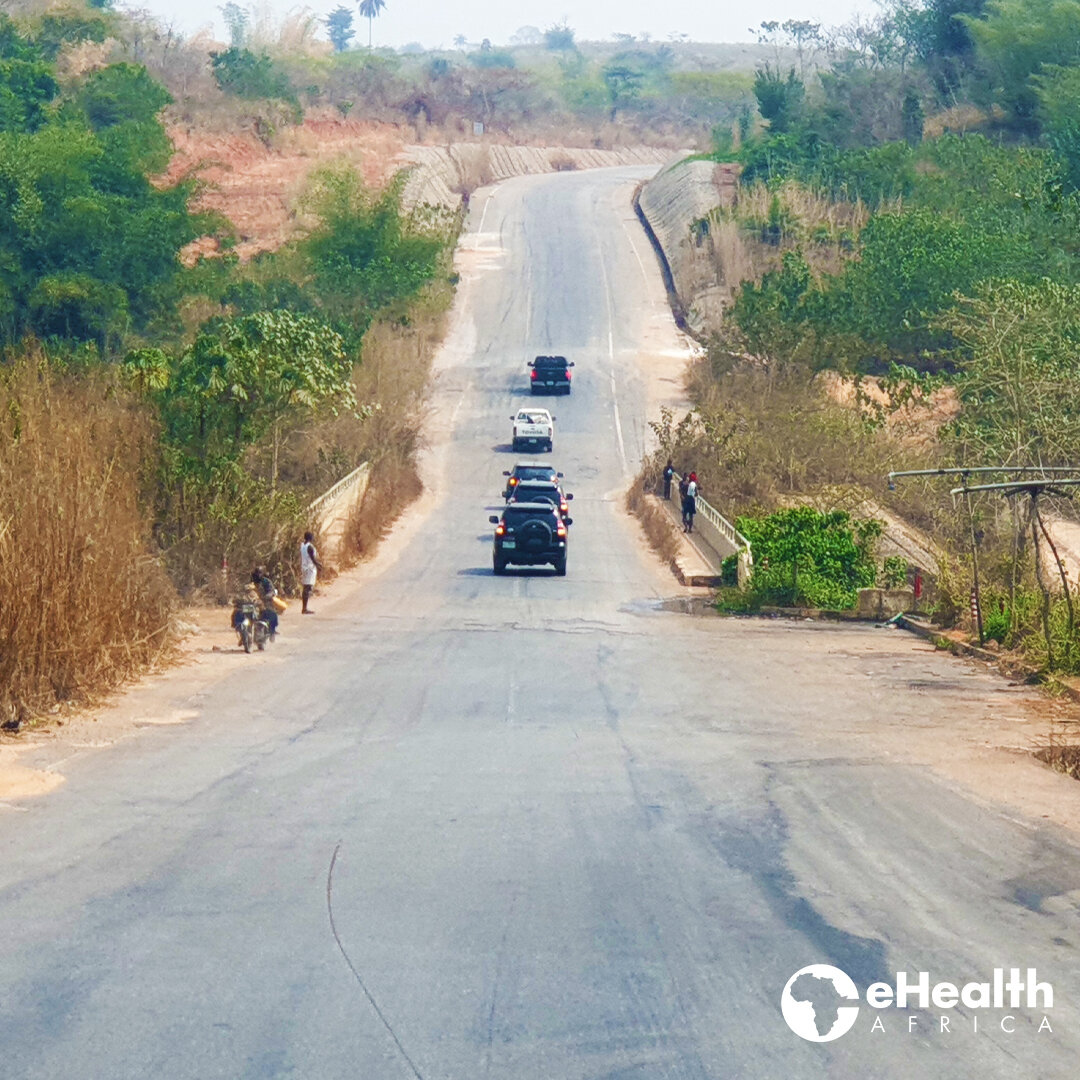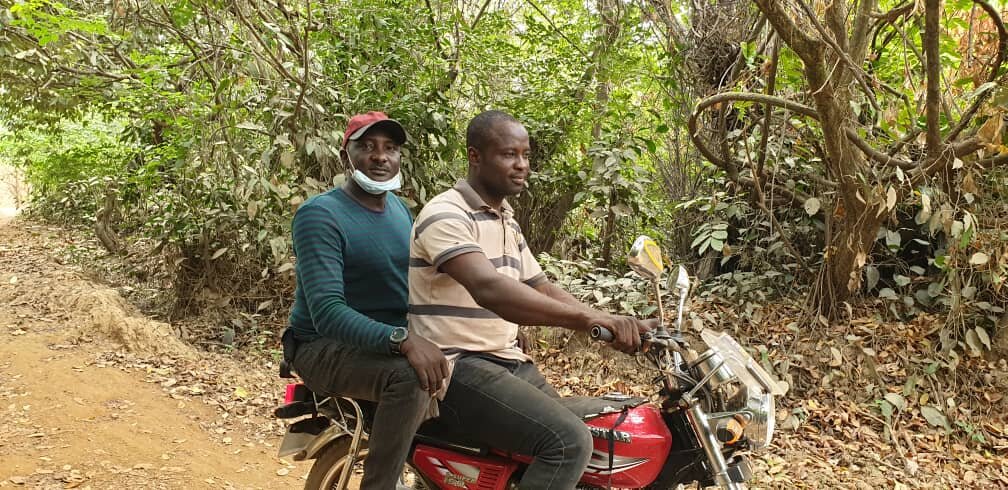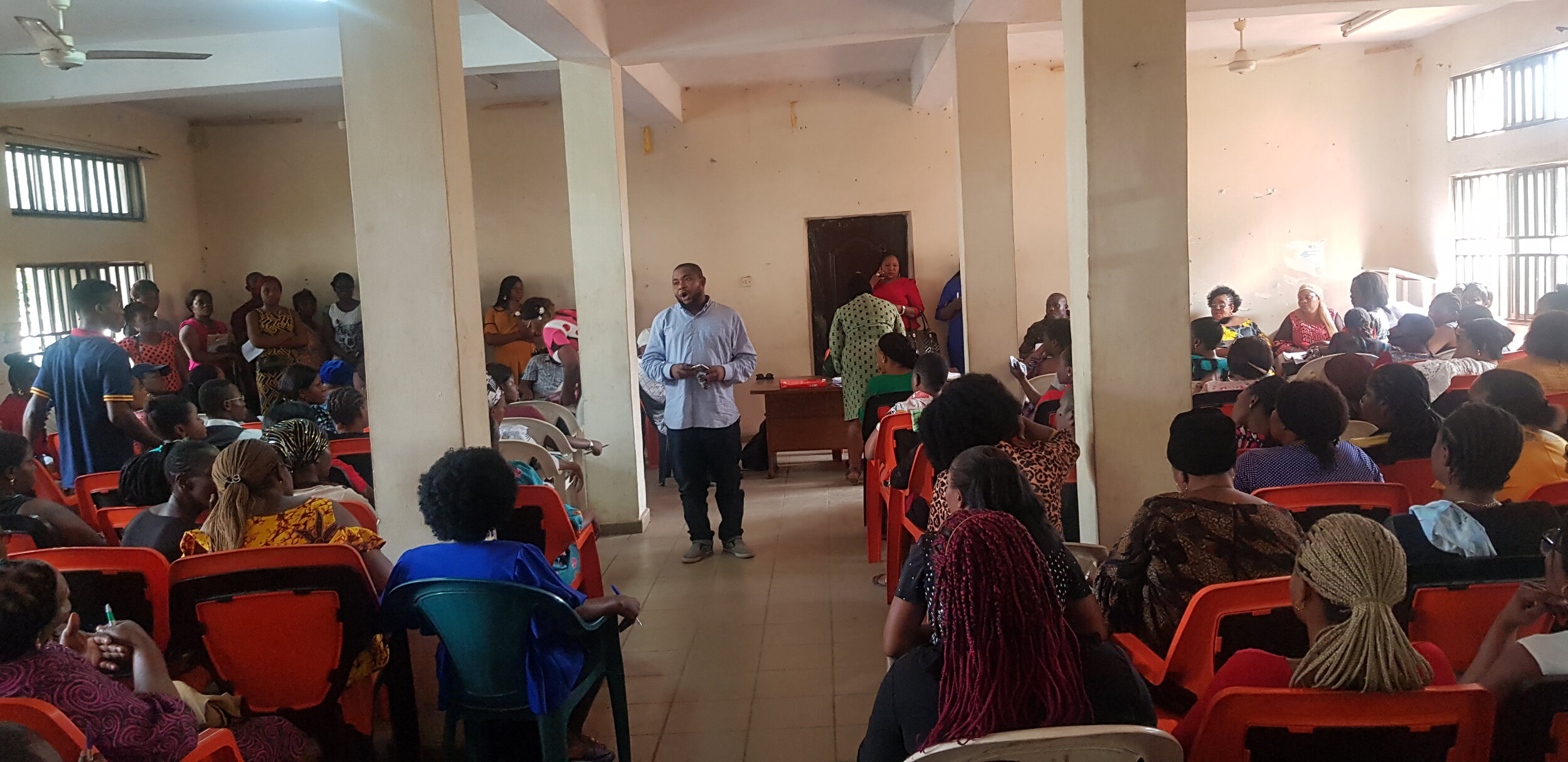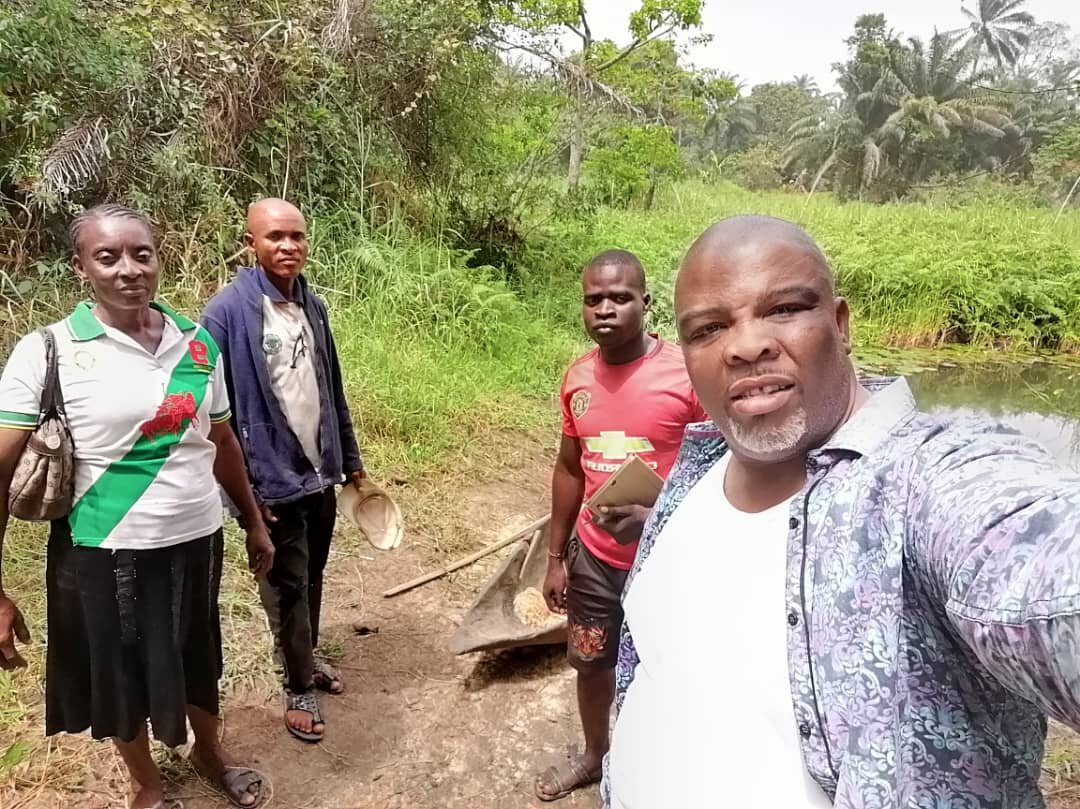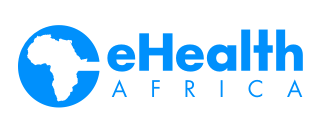Since 2012, eHealth Africa has been part of national and global polio eradication efforts. For the most part, our interventions and support have been deployed in Northern Nigeria. However, when two cases of circulating vaccine-derived poliovirus type 2 (cVDPV2) were reported in Anambra state early this year, our field operations team was deployed to conduct Vaccination tracking and hamlet buster activities for the first time in eastern Nigeria.
The exercise was conducted in nine high-risk Local Government Areas of Anambra State and the data obtained from the exercise, including habitation status, geocoordinates, and settlement names, were used to develop comprehensive microplans for an upcoming Outbreak Response (OBR) activity in the state.
We appreciate the members of our Field Operations team who work long hours, travel to distant locations and brave difficult terrain to help us reach every last child with lifesaving vaccination services.
Click the slide show to see how the trip went.
